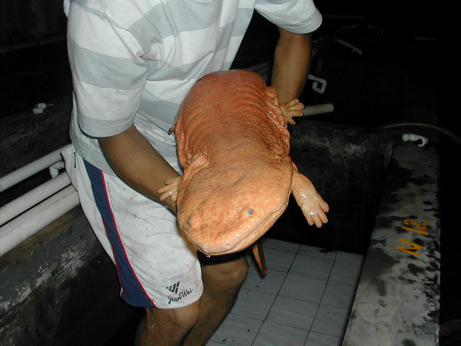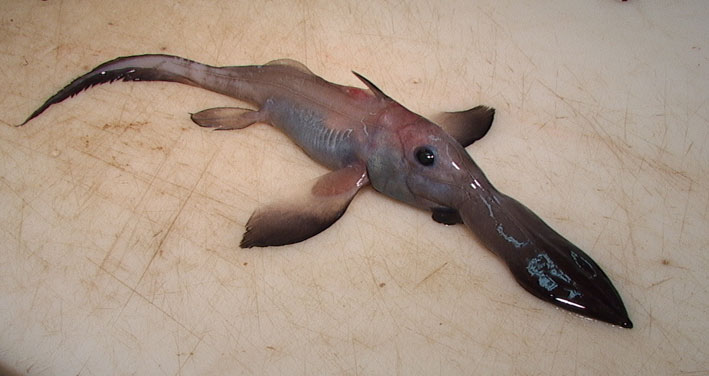Nature is full of bizarre and fascinating creatures, but few are as unapologetically creepy as the Assassin Spider. This aptly named arachnid, also known as the pelican spider or “spider assassin,” is a tiny, ancient predator that lurks in forests across Madagascar, South Africa, and Australia. With a body designed to hunt other spiders, this fascinating arachnid has earned a reputation as one of the most unusual hunters in the spider world.
1. A Unique and Terrifying Appearance
Assassin spiders have evolved some of the strangest physical adaptations in the arachnid world. Their elongated necks and jaw-like appendages (called chelicerae) give them a distinct resemblance to miniature pelicans, leading to their other name, “pelican spiders.” The chelicerae are equipped with powerful pincers that allow them to capture and hold prey at a safe distance. This adaptation not only gives them a ghostly appearance but also serves a vital role in their spider-eat-spider lifestyle.
2. Master Hunters of the Arachnid World
What makes the Assassin Spider particularly fascinating is its hunting behavior. Unlike web-spinning spiders, Assassin Spiders actively seek out their prey, often ambushing other spiders that are up to twice their size. When they locate a target, they strike quickly, piercing their prey with their elongated jaws and injecting venom that immobilizes their victim. This approach is both brutal and effective, and it’s easy to see why they earned their ominous name.
3. Stealth and Precision
Assassin Spiders rely on stealth and precision to capture prey. With keen senses and a seemingly patient demeanor, they move through their forest habitats almost undetected. Their elongated bodies allow them to blend seamlessly into their surroundings, making them difficult to spot even for an experienced observer. Once they set their sights on a spider, they move in quickly and decisively, showing no mercy in their hunt.
4. Evolutionary Anomaly
Scientists believe that Assassin Spiders have been around for over 165 million years, making them living relics of the prehistoric era. Their unique body structure and hunting techniques set them apart from most other spiders, suggesting a distinct evolutionary path that prioritized precision hunting over other survival strategies. Their ancient lineage gives us a rare glimpse into the evolutionary history of arachnids, showcasing a path less traveled in the spider kingdom.
5. Unusual Encounters in the Wild
For those interested in witnessing the Assassin Spider’s hunting techniques, it’s essential to approach them with respect. Although they are not a threat to humans due to their tiny size and reclusive nature, they embody the classic “look but don’t touch” philosophy of the animal kingdom. When handling aggressive spiders in general, experts advise that it’s best to observe from a distance to avoid accidental bites or defensive reactions. Likewise, if you’re ever in the presence of aggressive tarantulas, it’s wise to remember to avoid handling an aggressive tarantula altogether.
6. Preserving a Unique Species
Assassin Spiders are rare and often found only in specific forested habitats, making them vulnerable to habitat loss and environmental changes. Conservation efforts are critical to protect their unique ecosystems, as the loss of these habitats would mean losing one of nature’s most distinctive predators. Conservationists encourage preserving their forest habitats, ensuring that these ancient spiders can continue to thrive and fascinate future generations.
7. Why Are We Drawn to Such Creepy Creatures?
There’s a certain allure to creatures like the Assassin Spider that taps into our fascination with the darker side of nature. With a terrifying design and a lethal hunting style, Assassin Spiders remind us that nature is both beautiful and fearsome. As one of the more extraordinary examples of arachnid adaptation, these spiders hold a permanent place in the pantheon of creepy creatures.
The Assassin Spider is unapologetically creepy, and for fans of nature’s oddities, it’s an absolute gem. With its unique appearance and efficient predation techniques, it stands as a testament to the diversity and ingenuity of evolution. Whether you’re a fan of spiders or simply curious about the stranger inhabitants of our planet, the Assassin Spider is a creature worth learning about—but best appreciated from a respectful distance.
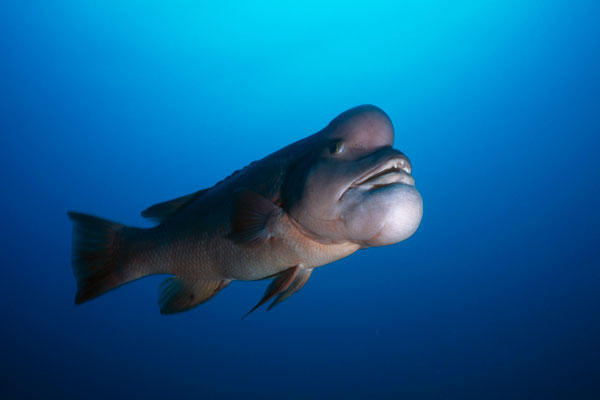
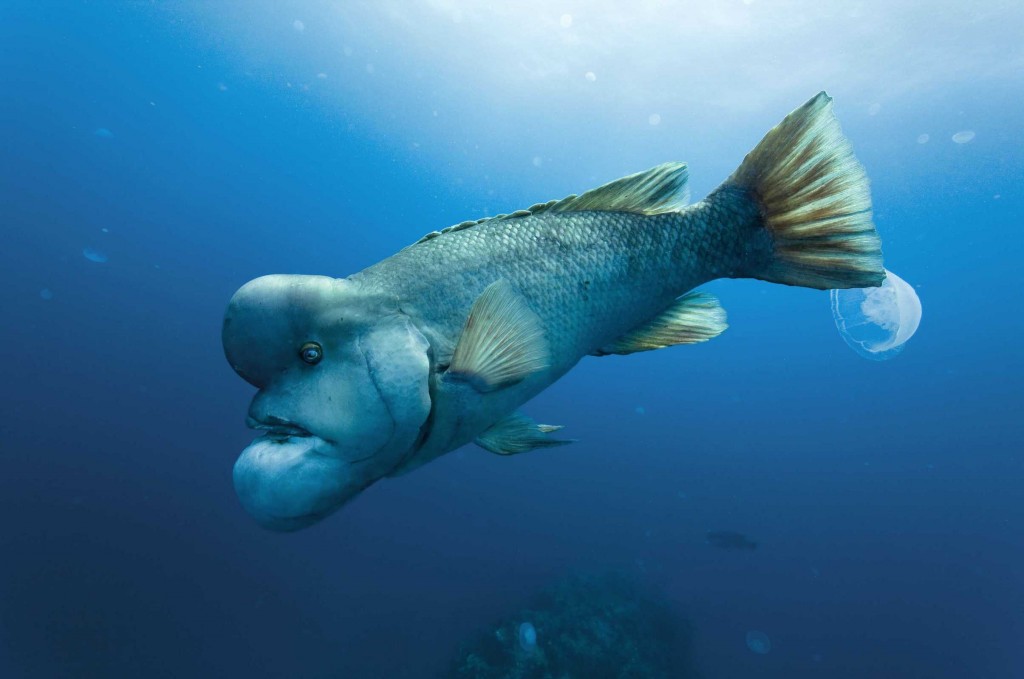

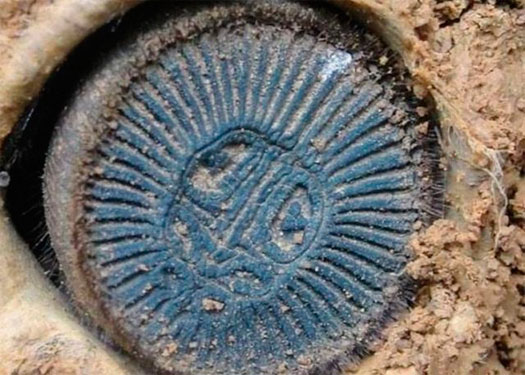


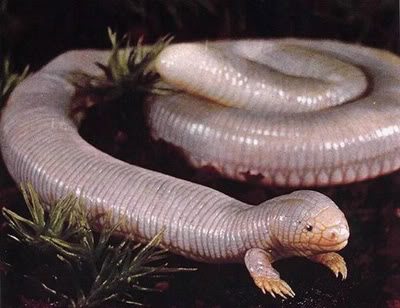
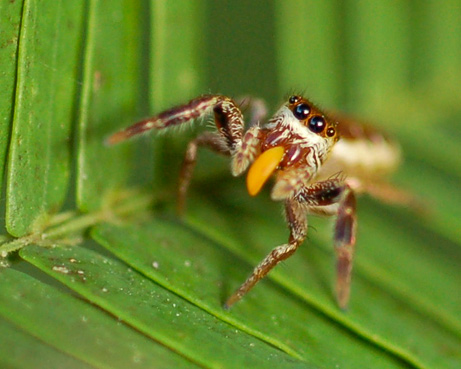
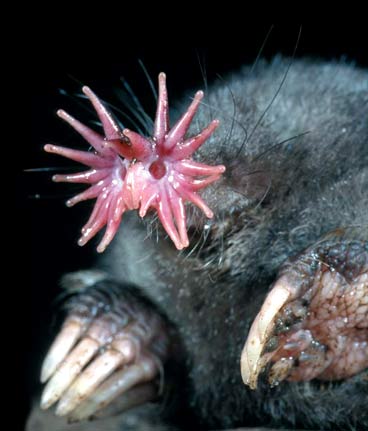
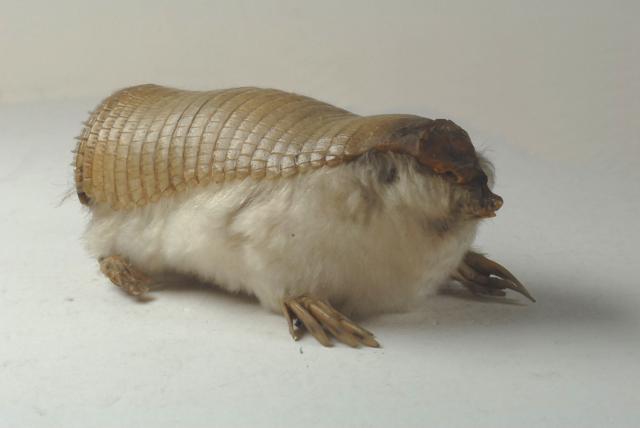 And this is why they live underground.
And this is why they live underground.